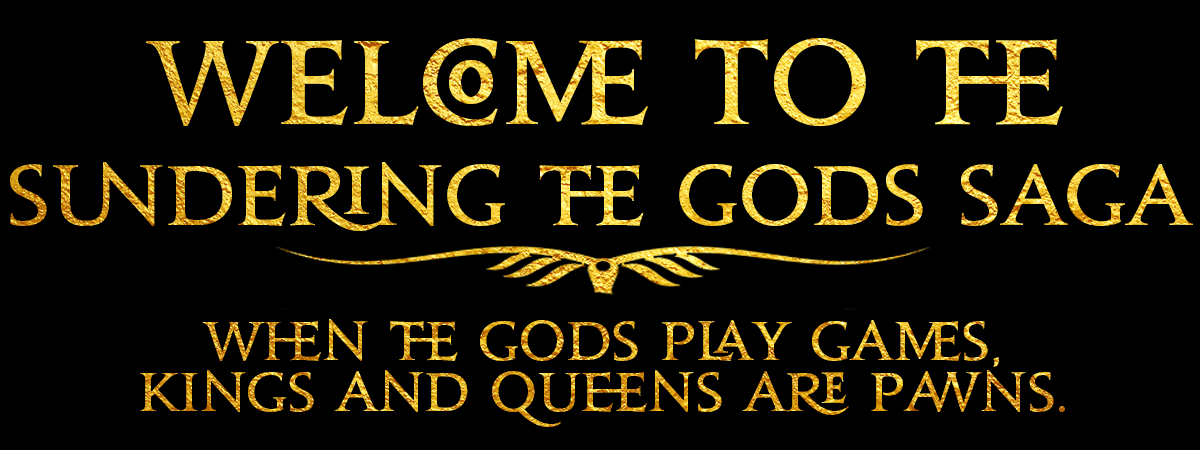Œvin-Klîn (Human) (Oi-vin Klīn)
Height: 5'5" (male) 5'3" (female)
Build: Thin
Hair: Black
Eyes: Black, rarely green
Lifespan: 50-55 years
Decoration: Piercings, body scarring and jewels imbedded in the skin are very common practices for both men and women. They are also quite fond of dyeing their hair, and later in the 8th century F.E., wigs become a fashion for the wealthy.
Weapon Preferences: Crossbows, scimitars and hand axes.
Language: Œvexun
Currency: By 50 F.E. both nations adopt coinage minted from Rose-Gold (gold/copper alloy), where the percentage of gold can basically be determined by the "redness" of the gold. The least valuable coins are minted from pure copper, and the most valuable pure gold, but nearly all larger trades involve Rose-Gold of varying shades. All coins are given names with various adjectives before "Queen", such as a "Quarter Pink-Queen" or "Full Rose-Queen".
Religion: Pantheon of the Four Queens
Religious Tolerance: Highly tolerant
Attribute Bonuses: Quickness +5, Endurance +4, Health +2, Will +7.
The Œvin-Klîn are a people split geographically into two (some would say three) regions. On the western edge of Southern Vandunêz there exists a single large kingdom (known as Ûshdulôn in early F.E.) while on the coast of eastern Southern Vandunêz there is a region of city-states ruled by these same people. In both appearance and religion they are nearly identical to the Darâ, but their language is not the same, although it is highly likely that they both branched from the same language tree. Upon Southern Vandunêz the two cultures each recognized the other as siblings as soon as they found each other after the Forgetting, but it was nearly 200 years before the Œvin-Klîn came into contact with the Darâ, so although they recognize the similarities, they still consider themselves different peoples. Their relationship, however, is a very strong one as they share a religion and their language differences are small enough to make learning the other's tongue relatively simple.
Both of the Œvin-Klîn regions are built upon trade, both by land between them, and by sea to far flung nations. In the east in particular, where independent city-states rule the day, sailing is considered a vital skill for every girl and boy, and the haggle is considered both an art and a sport. As a people they tend to be friendly and tolerant of others, in particular if there is gold to be earned, and they consider good relationships to be good business. Only very rarely have they entered into open warfare outside of defense.
In their version of the Four Queens the Nameless Son has mostly disappeared from the scene, and the Four Queens are considered to be more or less placated by their worship. This may have to do with the fact that they are in more civilized and stable regions than the Darâ. Because of this there are far fewer cults within their version of the religion, with none dedicated to the Nameless Son, and significantly less intrigue between the sects. Other than this, the base belief system and values are basically identical.
